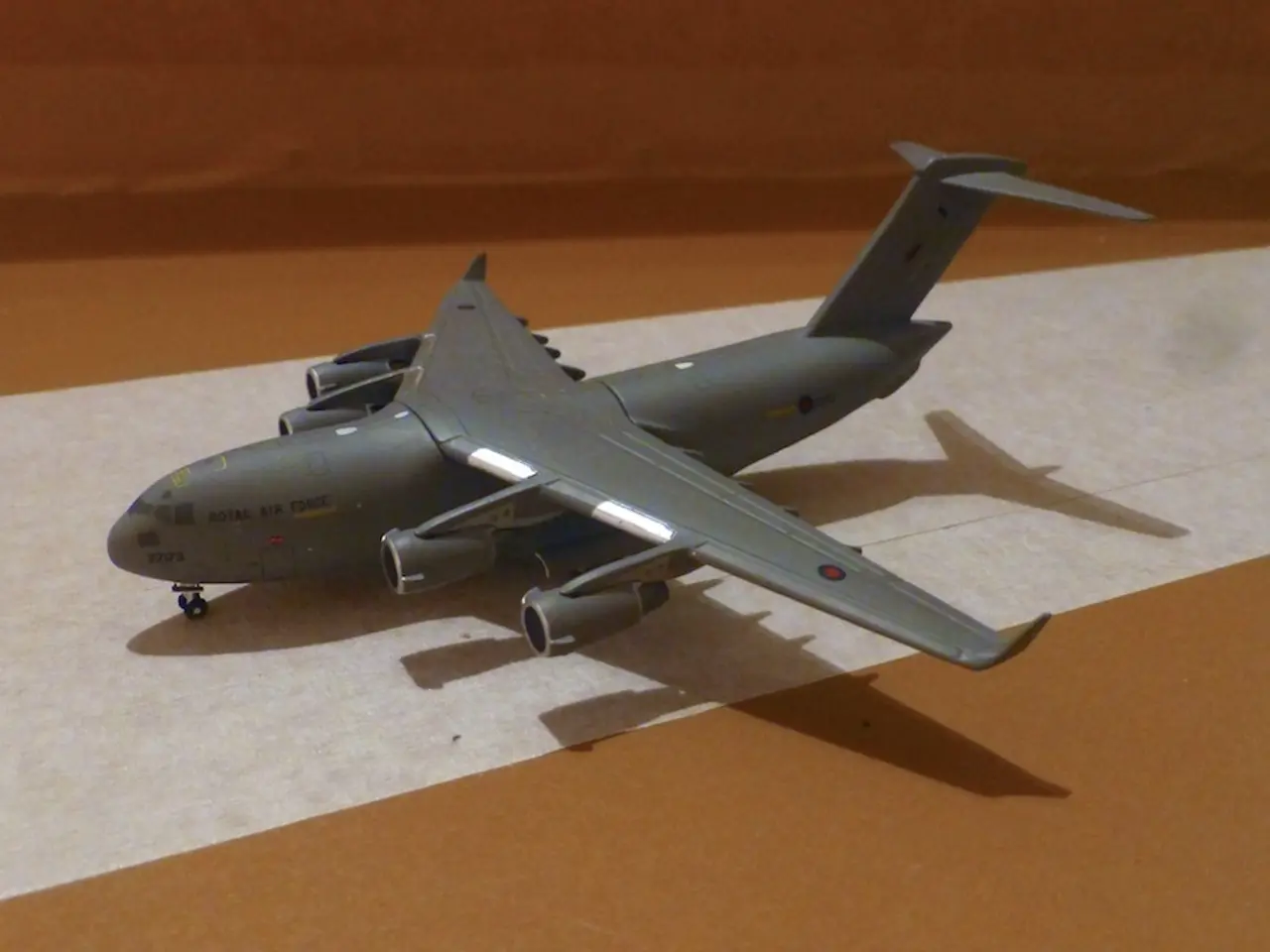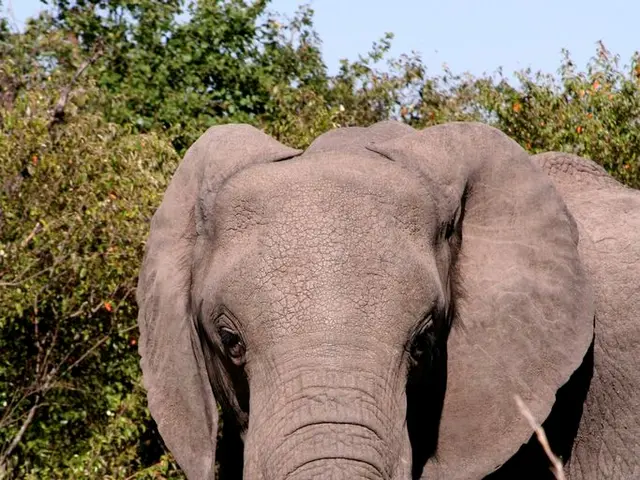Classified Spacecraft Enigmas Project (CEP)
In the early 2000s, the Advanced Aerospace Threat Identification Program (AATIP) was established under the guidance of Luis Elizondo, a former military intelligence officer, and with the support of former U.S. Senator Harry Reid of Nevada. This U.S. government-funded program aimed to investigate unidentified aerial phenomena (UAPs).
At the helm of the program was Senator Harry Reid, who initiated and secured funding for AATIP starting in 2007. Another key figure was Luis Elizondo, who headed the program and later spoke publicly about it, accusing secrecy within the government and highlighting its significance. Other notable individuals involved included Commander David Fravor, a Navy pilot famous for his encounter with the “Tic Tac” UFO off the USS Nimitz in 2004, whose eyewitness reports informed the program. Senator Marco Rubio has also publicly acknowledged the program and advocated for transparency and congressional oversight.
Whistleblowers and witnesses, such as David Grusch, a former intelligence officer, testified under oath regarding UAP aspects related to AATIP's scope. High-level awareness extended to figures like former President Donald Trump, who noted receiving briefings on UAP matters linked to the program.
The program was managed under the Defense Intelligence Agency and funded with approximately $22 million to analyze reports of aerial phenomena exhibiting unusual flight capabilities, supported by declassified videos like “Gimbal” and “GoFast” filmed by military pilots.
Steve Justice, former head of Lockheed Martin's Skunk Works advanced development program, was a consultant for the AATIP. Researchers involved in the program included Dr. Garry Nolan, a Stanford University professor, who analyzed biological samples allegedly related to UAPs, and Eric Davis, a physicist, who was involved in research into UAPs and exotic propulsion systems.
Colm Kelleher, biochemist and author, and Hal Puthoff, a physicist and paranormal researcher, also worked as consultants for the AATIP, involved in research into UAPs and related phenomena. Robert Bigelow, real estate mogul and founder of Bigelow Aerospace, was contracted by the AATIP to study UAPs.
The AATIP came into the public eye via a 2017 New York Times revelation. Since then, there has been growing interest and attention on the issue of UAPs, with multiple reports of UAP sightings by military personnel and calls for increased government research and disclosure.
Christopher Mellon, former Deputy Assistant Secretary of Defense for Intelligence, and Jim Semivan, a former senior intelligence service officer with the CIA, were members of the AATIP's external advisory board. Luis Elizondo has since become a vocal advocate for increased government research and disclosure related to UAPs.
Recent years have marked a shift towards transparency regarding UAPs, led in part by figures like Elizondo advocating for deeper probes into these mysteries. The book "Unidentified: The National Intelligence Problem of UFOs" argues that there is a pressing need for increased government research and disclosure related to UAPs. With a surge in media attention and dedicated research like Christopher Mellon's "Unidentified," it's evident that the narrative surrounding UAPs and the government's role in their investigation is evolving, nudging the discourse towards open inquiry and perhaps, eventual disclosure.
However, despite the program's existence and the growing attention on UAPs, many government officials have been reluctant to acknowledge the potential significance of UAPs. The AATIP, and the Advanced Aerospace Weapons Systems Application Program (AAWSAP), which ran from 2007 to 2012, focused on researching advanced aerospace technologies with potential national security implications, including UAPs. UAP sightings and reports represent potential national security threats that require greater attention and investigation, according to Luis Elizondo.
In conclusion, the Advanced Aerospace Threat Identification Program (AATIP) was a significant initiative that aimed to investigate UAPs and their potential national security implications. The program, which operated from the early 2000s until at least 2012, was funded by the U.S. government and led by key individuals including Senator Harry Reid and Luis Elizondo. While the program's existence and findings have been met with controversy and secrecy, recent years have seen a push towards transparency and increased attention on the issue of UAPs.
- The paranormal topic of unidentified aerial phenomena (UAPs) was aggressively investigated by the Advanced Aerospace Threat Identification Program (AATIP) in the early 2000s.
- Under the guidance of former military intelligence officer Luis Elizondo and the support of former U.S. Senator Harry Reid, the AATIP was established.
- Senator Harry Reid initiated and secured funding for AATIP starting in 2007, leading the program.
- Notable individuals involved in the AATIP's UAP investigation included Commander David Fravor, a Navy pilot, and Senator Marco Rubio.
- Whistleblowers and witnesses like David Grusch, a former intelligence officer, testified under oath regarding UAP aspects related to AATIP's scope.
- High-level awareness of UAPs extended to figures like former President Donald Trump, who received briefings on UAP matters linked to the program.
- The program was managed under the Defense Intelligence Agency and funded with approximately $22 million to analyze reports of UAPs exhibiting unusual flight capabilities.
- Declassified videos like “Gimbal” and “GoFast,” filmed by military pilots, supported the analysis of UAP reports by AATIP.
- Steve Justice, former head of Lockheed Martin's Skunk Works advanced development program, acted as a consultant for the AATIP.
- Researchers like Dr. Garry Nolan from Stanford University and physicist Eric Davis were involved in researching UAPs and exotic propulsion systems within the program.
- Paranormal researcher Colm Kelleher and physicist Hal Puthoff, along with Robert Bigelow, real estate mogul and founder of Bigelow Aerospace, were also consultants for AATIP.
- AATIP came into the public eye via a 2017 New York Times revelation, leading to increased attention on the issue of UAPs.
- Witnesses have reported multiple UAP sightings by military personnel, necessitating government research and disclosure.
- Despite the program's existence and growing attention on UAPs, many government officials remain reluctant to acknowledge their potential implications.
- Christopher Mellon, former Deputy Assistant Secretary of Defense for Intelligence, and Jim Semivan, a former senior intelligence service officer with the CIA, were members of AATIP's external advisory board.
- With a surge in media attention, dedicated research, and concerns about potential national security threats represented by UAPs, the discourse around their investigation is not only evolving but also nudging towards open inquiry and possibly eventual disclosure.




